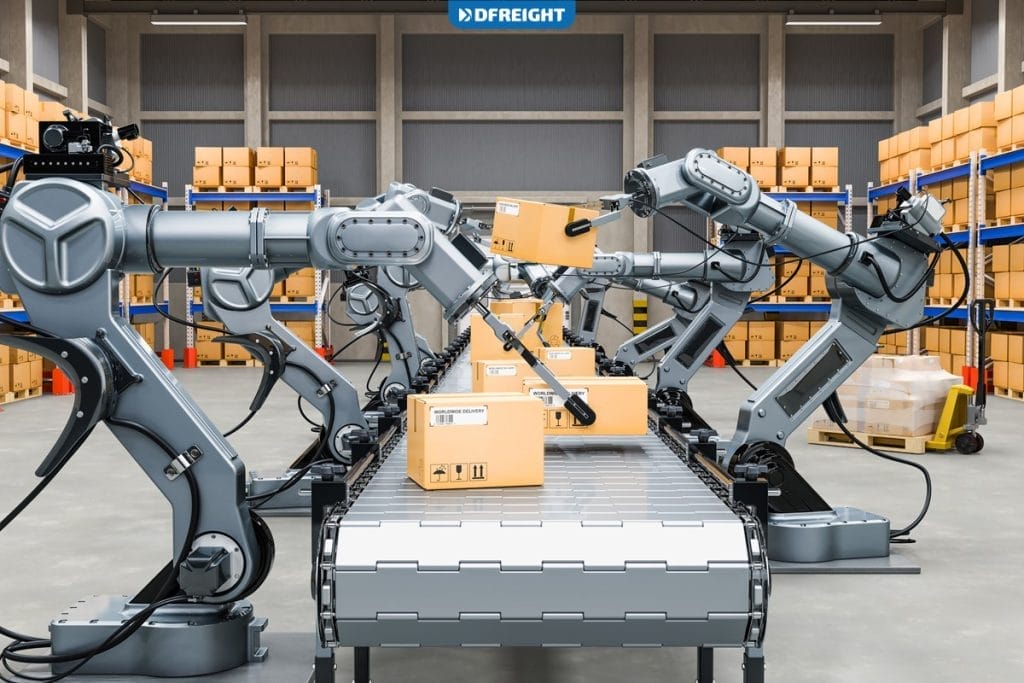The Revolutionary World of Robotics: Advancements and Applications
June 14, 2024 2024-06-14 7:55
The Revolutionary World of Robotics: Advancements and Applications
Robotics, a field that combines engineering, computer science, and artificial intelligence, is rapidly transforming the way we live and work. From industrial automation to healthcare, robotics is playing a pivotal role in enhancing efficiency, precision, and innovation. This article explores the evolution of robotics, its key applications, and the future prospects of this dynamic field.
Evolution of Robotics
The concept of robotics dates back to ancient civilizations, where early inventors created automatons for various purposes. However, the modern field of robotics began to take shape in the 20th century with the development of the first industrial robots.
Early Innovations
In the 1960s, the Unimate, the first industrial robot, was introduced by George Devol and Joseph Engelberger. Designed for use in a General Motors factory, the Unimate revolutionized manufacturing by automating repetitive tasks. This innovation marked the beginning of widespread industrial automation.
Advancements in AI and Computing
The integration of artificial intelligence (AI) and advancements in computing power in the late 20th and early 21st centuries significantly boosted the capabilities of robots. AI algorithms enabled robots to learn from their environments, make decisions, and perform complex tasks with greater autonomy. Developments in sensor technology and machine learning further enhanced robotic perception and adaptability.
Key Applications of Robotics
Robotics has found applications in numerous sectors, each benefiting from the precision, efficiency, and versatility of robotic systems.
Manufacturing and Industry
In manufacturing, robots are used for tasks such as assembly, welding, painting, and quality control. They work alongside human workers, increasing productivity and reducing the risk of workplace injuries. Collaborative robots, or cobots, are designed to work safely with humans, making automation accessible to smaller businesses as well.
Healthcare
In healthcare, robotics is revolutionizing surgery, rehabilitation, and patient care. Surgical robots, such as the Da Vinci system, allow for minimally invasive procedures with high precision. Rehabilitation robots assist patients in regaining mobility and strength, while robotic exoskeletons support individuals with mobility impairments.
Agriculture
Agricultural robots, or agribots, perform tasks such as planting, harvesting, and crop monitoring. These robots use AI and sensor technology to optimize farming practices, increase yields, and reduce the need for manual labor. Drones equipped with cameras and sensors provide valuable data for precision agriculture.
Logistics and Supply Chain
Robots are transforming logistics and supply chain management by automating tasks such as sorting, packing, and transporting goods. Autonomous mobile robots (AMRs) navigate warehouses, delivering items efficiently and reducing the time and cost of order fulfillment. Delivery robots and drones are also being tested for last-mile delivery solutions.
Exploration and Research
Robotic systems are essential for exploration in environments that are hazardous or inaccessible to humans. In space exploration, robots like the Mars rovers conduct scientific research on distant planets. Underwater robots explore the depths of the oceans, gathering data and conducting research in marine environments.
Future Prospects of Robotics
The future of robotics holds exciting possibilities as technology continues to advance. Several trends and developments are poised to shape the future of this field.
Advanced AI and Machine Learning
The integration of more advanced AI and machine learning algorithms will enable robots to perform increasingly complex tasks. Robots will be able to learn from their experiences, adapt to new situations, and make more autonomous decisions.
Human-Robot Collaboration
The development of more sophisticated cobots will enhance human-robot collaboration. These robots will be able to work alongside humans in a variety of settings, from factories to offices, improving productivity and creating safer work environments.
Enhanced Mobility and Dexterity
Advances in robotics will lead to improved mobility and dexterity, enabling robots to navigate complex environments and manipulate objects with greater precision. This will open up new applications in areas such as construction, disaster response, and elder care.
Ethical and Social Considerations
As robots become more integrated into society, ethical and social considerations will become increasingly important. Issues such as job displacement, privacy, and the ethical use of autonomous systems will need to be addressed to ensure the responsible development and deployment of robotic technologies.
Global Connectivity
The combination of robotics and the Internet of Things (IoT) will create highly connected and intelligent systems. Robots will be able to communicate with each other and with other devices, leading to more efficient and coordinated operations in various sectors.
Conclusion
Robotics is a rapidly evolving field with the potential to transform numerous aspects of our lives. From industrial automation to healthcare, agriculture, and beyond, robots are enhancing efficiency, precision, and innovation. As technology continues to advance, the future of robotics promises even greater possibilities, with advanced AI, improved human-robot collaboration, and enhanced mobility and dexterity leading the way. Embracing these advancements while addressing ethical and social considerations will be key to unlocking the full potential of robotics in the years to come.
Related Posts
The Revolutionary World of Robotics: Advancements and Applications
June 14, 2024 2024-06-14 7:55Popular Tags






























